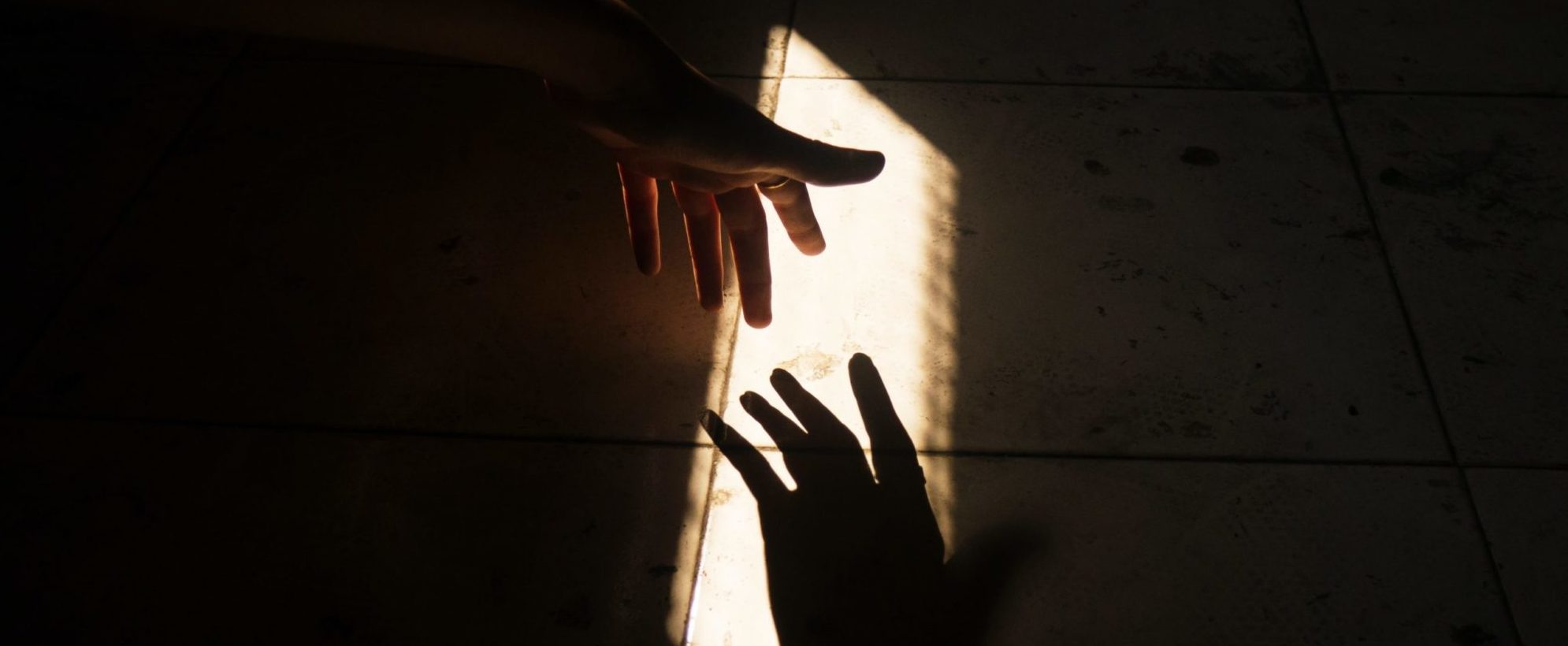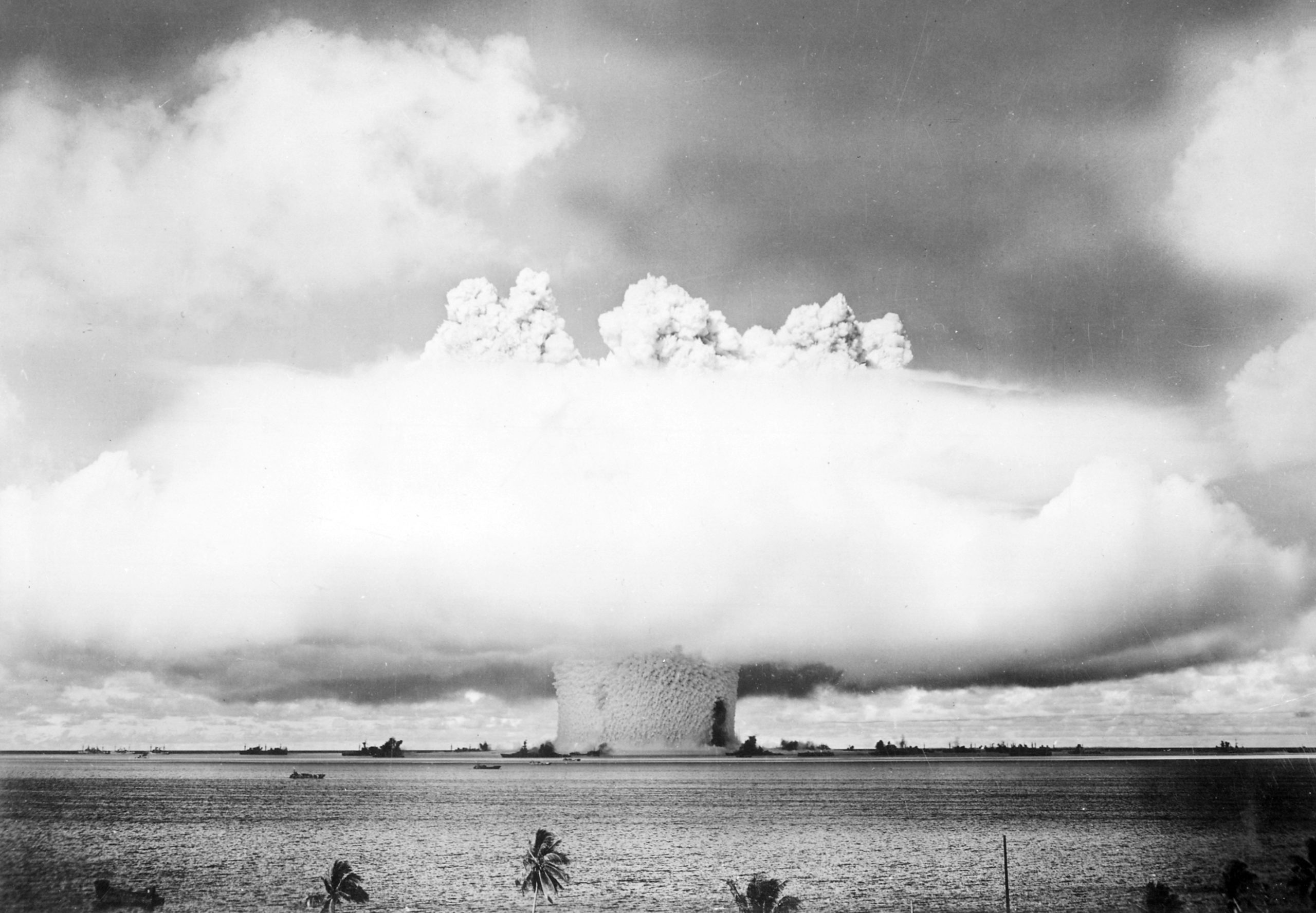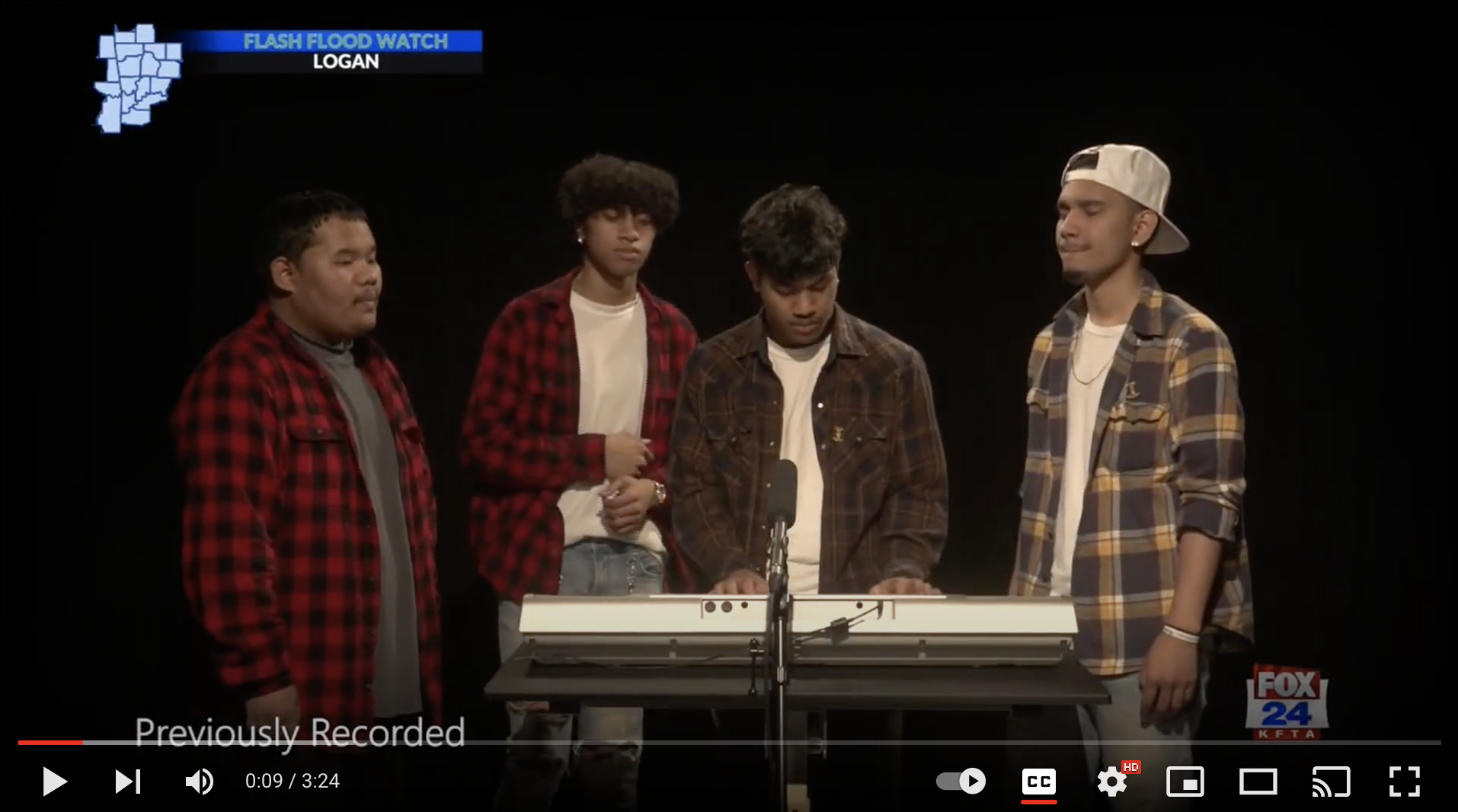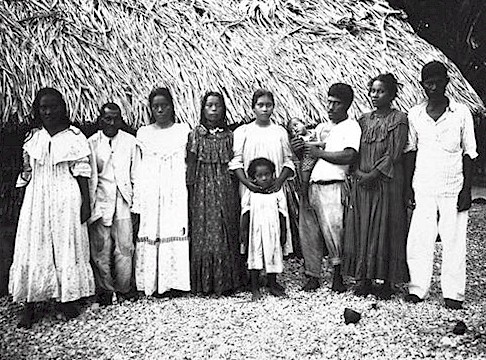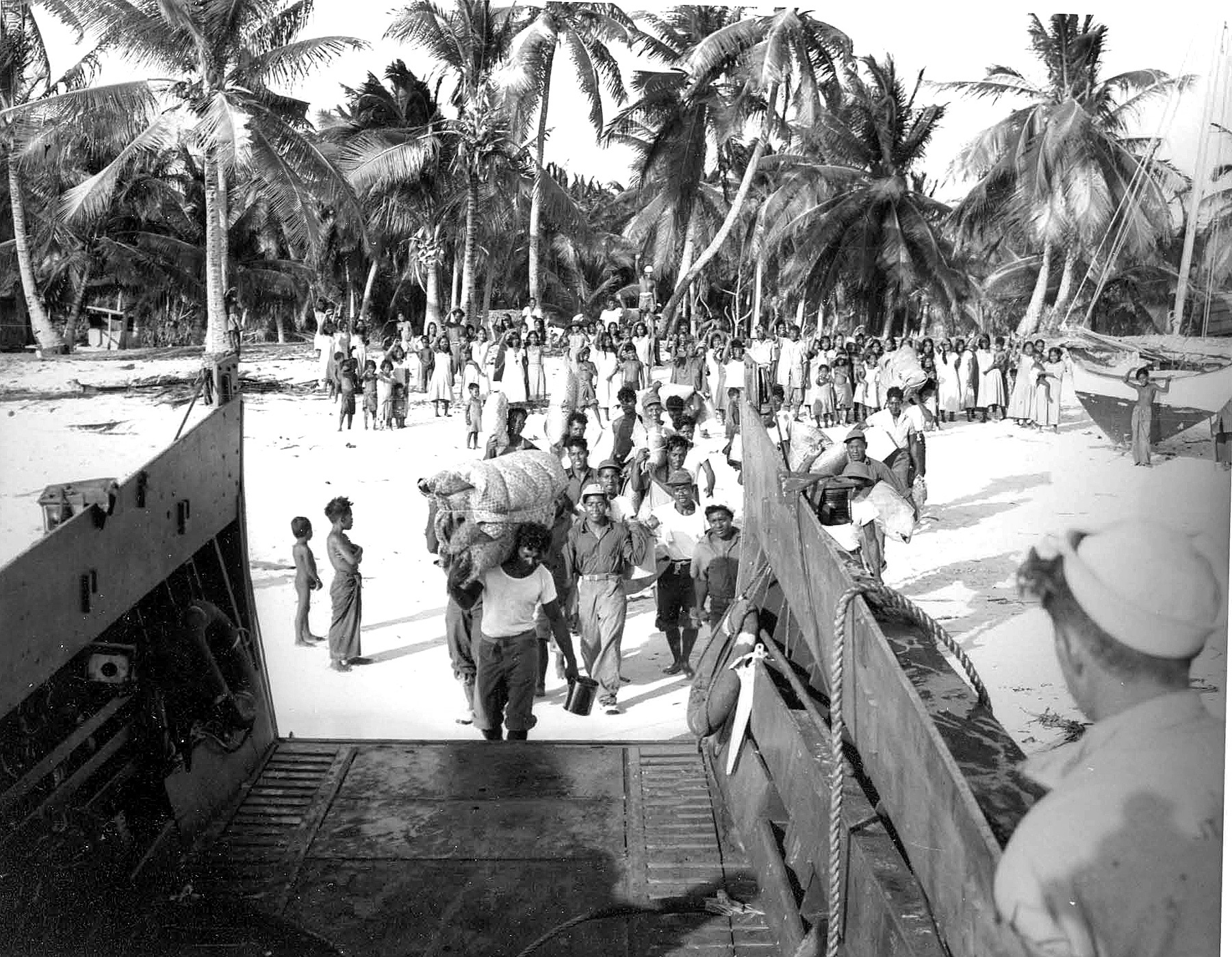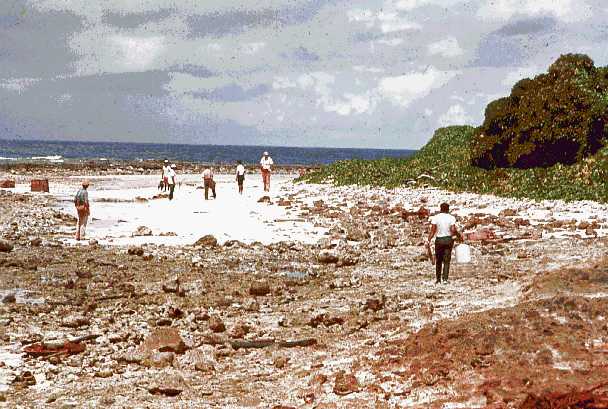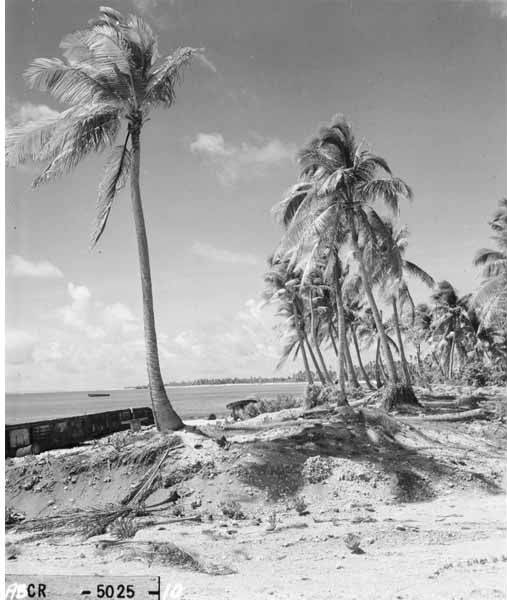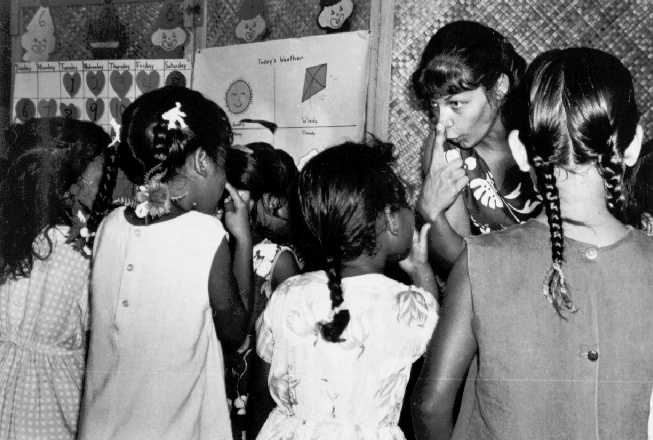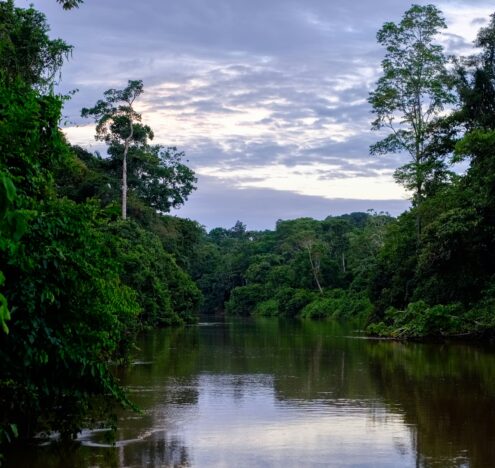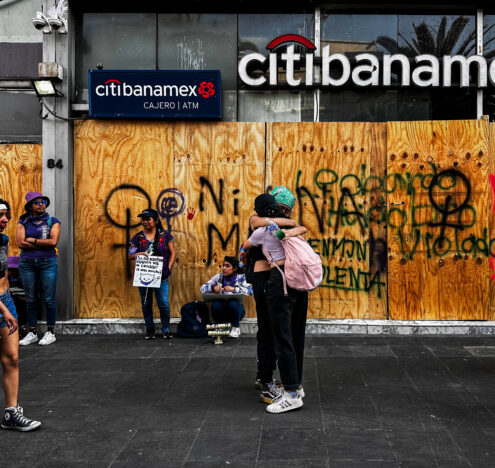When I was a senior in high school, I made a, beginner, documentary about the changing demographics of my hometown, Springdale, Arkansas. Despite the film’s technical flaws, I learned the story of the Marshallese community that had come to call Springdale — a previous sundown town now home to the most diverse population in Northwest Arkansas — home. What’s more, I conducted an interview with a newly formed band, MARK Harmony, that proved to be the best part of that film. MARK Harmony is “not just a boy band, [but] a Marshallese boy band,” Matthew John told me two years later, in another interview I conducted. He’s the M in the acronym M.A.R.K. and one of the band’s four singer-songwriters. When I talked to them in mid-2019, they were performing at high school pep rallies and attracting attention from the local news. Now, the group has nearly 5,000 followers on Instagram and 45,000 likes on TikTok. John continued, “All of us are Marshallese. And we all have that same goal in mind as a team, to raise awareness about what happened to our homeland in 1946.”
Chief Juda understood very little English, but recognized the word “mankind” because it is in the Bible. He replied, “If it is in the name of God, I am willing to let my people go.”
Matthew John is referring to the 67 American nuclear tests that occurred from 1946 to 1958 in the waters near Enewetak Atoll and Bikini Atoll, the northernmost of the Marshall Islands. The Marshall Islands is a band of remote Pacific atolls which, despite a robust Indigenous community, has been a flashpoint for colonialism and primitive capitalist accumulation beginning with Spanish colonization in the 1500s.
The islands were originally settled by Southeast Asian migratory people somewhere between two and four thousand years ago. These people were expert navigators, voyagers, and fisherfolk. The islands gained their name, The Marshall Islands, in 1788 when, under William Marshall, the British arrived with Christian missionaries. While the Spanish largely were uninterested in trade, they still claimed the islands as their own for nearly two centuries before selling the islands to Germany in 1885. During World War I, the Imperial Japanese government captured the islands, and in 1920 were given permission to administer them by the League of Nations. When the United States eventually assumed control of much of Micronesia after World War II, the islands were chosen by the US military for nuclear weapons testing because of their “extreme remoteness.”














